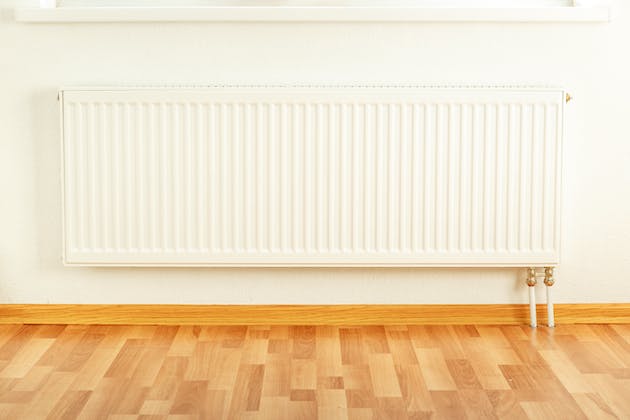Have you ever heard of some strange sounds coming from your radiators? This could mean that they are functioning inefficiently and need to be bled. Learn how to bleed your radiators the right and proper way by reading this blog post from the team at Bog Standard Plumbing and Heating.
What is radiator bleeding, and why do radiators need to be bled?
First of all, before we go into the guide on how to actually bleed a radiator properly, it probably makes sense to explain why radiator bleeding is even necessary at all.
Have you ever noticed some strange sounds coming from your radiators, especially when they’re starting to heat up? Or have you noticed cold spots on your radiator even when your boiler has been switched on? If you have, then these are signs that your radiator is functioning inefficiently and needs to be bled. But what does this actually mean? What is happening to your radiators?
Radiator bleeding is the act of releasing any trapped air from your home's central heating system, which can improve your heating's effectiveness, eliminate rattling sounds, and eventually save you money on your heating cost in the long run.

A step-by-step guide to bleeding radiators
1. Find the right tools and identify which radiators need to be bled
To do the job properly, you'll need a few common tools. The tools you'll need to bleed your radiator system are listed below.
A radiator key
This turns on the radiator vent valve. These are accessible in any DIY or hardware shops as well as online.
A cloth and a bucket
When the air from your radiator has entirely fled, it will leak water, so collect it before it wets your floor.
A pair of gloves
These will protect your hands from hot pipes or surfaces. To see if you need to bleed a radiator, turn on your heating system and let it warm up your radiators. While they're warming up, listen for any clanking or rumbling sounds; these might indicate pockets of air travelling through your heating system. They will eventually settle when the system heats up, so work your way through each radiator in turn to get a firm grip. Once the surface is sufficiently heated, check for temperature changes, especially around the top of the radiator where air might become trapped. If it's colder than the rest of your body, there's an air pocket there. Please use caution because the radiators will be hot, and wear gloves.

2. Ensure that your central heating system is turned off
This will prevent your circulation pump from running and pushing heated water and air through your pipes, allowing your radiators to cool and become safe to bleed. It is also essential that all thermostat valves must be opened. We advise that you wait roughly 1 hour (or 2 hours if you are very cautious) after turning off your heating to make doubly sure that all radiators are cold. This protects you from being burnt if hot water or steam escapes during the bleeding procedure.
3. Place the radiator key into the radiator valve
This is the point at which you will begin bleeding the radiator. To begin, locate the radiator valve, which is often located on the upper side of the radiator - some models will have it in a different location. It seems to be a small, round hole with a little square within. To avoid water spray, place the bucket beneath the valve and your towel against the wall.
4. Slowly turn open the valve and bleed the radiator (it will make a hissing sound as the gas is released)
Next, slowly turn the radiator key anticlockwise. A quarter-to-half turn should be sufficient to open the valve and enable air to escape. When air drops out of the radiator, you'll hear a hissing sound; this is how you know you've properly bled the radiator. You risk losing extra water from your radiator if you continue to open the valve after hearing a hiss.
Once you've effectively bled your radiator, and you may close the valve after the hissing stops and only water leaves. It should be noted that water may get discoloured as a consequence of time spent in the system; nevertheless, this is no reason to be worried about the cleanliness of the water in your system as this is very common and natural when bleeding radiators.
And there we have it, you have successfully bled your radiator! Now go and repeat these steps on all other radiators throughout your property to benefit from an efficient central heating system.


